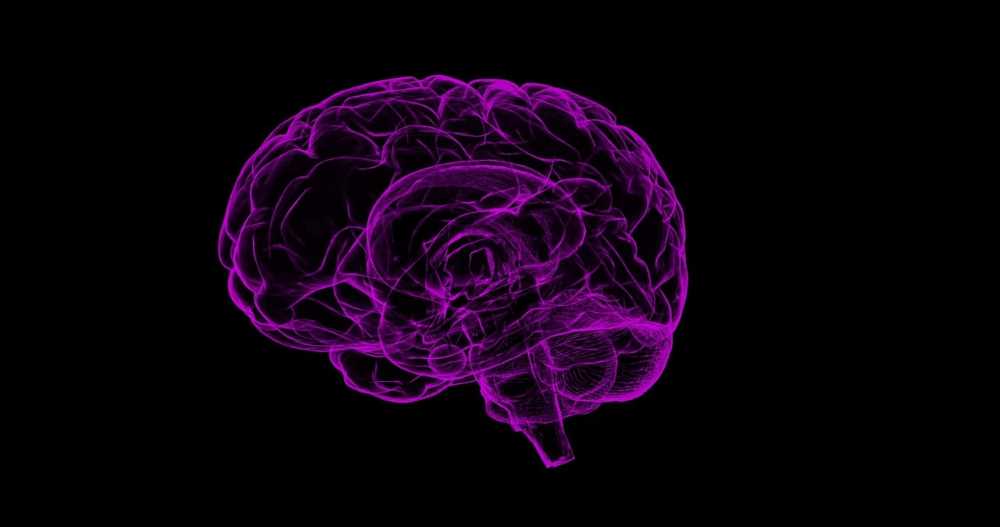How Neurotransmitters Turn Us into Emotional Divas
Explore the intricate neural highways of emotion in the human brain. From the amygdala's instant emotional spark to the cingulate gyrus' interpretation, understand how neurotransmitters and hormones shape our feelings.

Harnessing the power of modern brain imaging and highly specialized studies such as CT scans, researchers are uncovering the intricate network of neurons responsible for our emotions. Whether it's a belly laugh that leaves you in stitches, a flood of tears that make your eyes sting, a fury that reddens your face, or a shudder of disgust that twists your stomach, these responses can all be traced back to the inner workings of your brain. But how exactly does your brain make you feel? Let's embark on a journey through your gray matter.
The Emotional Engine: The Limbic System
The limbic system, located just above the brainstem and below the cerebral cortex, acts as the central hub of our emotional responses. This includes areas like the amygdala, hippocampus, and cingulate gyrus, along with the less-familiar basal ganglia and cerebellum.
Our trip starts in the amygdala, which, contrary to popular belief, doesn't have a vast memory bank. Instead, it's the ignition switch of our emotional car, sparking the attention-grabbing behaviors associated with anger or disgust within a brisk 300 milliseconds. Now that's faster than the blink of an eye!
Simultaneously, brain areas that regulate the release of dopamine — our body's "feel good" neurotransmitter — jump into action. This activation occurs in two key areas: the ventral tegmental area and the nucleus accumbens. Imagine dopamine as the throttle of your emotional vehicle, deciding whether you'll race down the highway of rage or take a leisurely drive toward happiness and reward.
The Long and Winding Road: Dopamine and Emotions
If dopamine is released abruptly, like a sudden push of the gas pedal, it propels us towards negative emotions like anger and rage. Conversely, a gradual release of dopamine, akin to slowly pressing on the accelerator, steers us towards feelings of reward, motivation, happiness, and even the poignant beauty of a good cry.
And in a twist of biological irony, the more revved up we are, the less rational we become. That's right! As our limbic system roars into overdrive, the logic-loving regions of our brain, like the prefrontal cortex, get drowned out by emotional noise. Consequently, the more excited we get, the more we disregard social norms and lose our ability to think critically. This neural paradox might just explain why heated debates often veer off into irrational territory.
The Pit Stop: The Hippocampus, Basal Ganglia, and Cerebellum
Once the emotion-fueled ride reaches the hippocampus, things start to slow down. This brain region ignites electrical activity in a rhythmic, train-like frequency, bolstering memory and learning. Simply put, stronger emotions enhance our attention and cognition, helping us to pick up on environmental details that are harder to forget.
Further along the neural highway, the basal ganglia and cerebellum act like the brain's echo chamber, reverberating the emotional signals back and forth. This bouncing back of information allows our emotions to linger, turning a fleeting emotional encounter into a lasting memory, or sometimes, an obsession.
The End of the Line: Cingulate Gyrus
The final stop on our emotional journey is the cingulate gyrus, the master interpreter of our own and others' emotions. Here, our emotions are labeled and projected to the higher brain regions. From the cheek-splitting hilarity of laughter to the brow-furrowing frustration of anger, these processes are deftly identified by our brain's mirror neurons. Even when we are the audience to someone else's emotional display, our brain stays engaged, often activating more in the right hemisphere as we observe and comprehend.
The Hormonal Hitchhikers
Along the emotional journey, several hormones hop on for the ride. Estrogens, the so-called female hormones, enhance dopamine release and boost neuronal communication. In contrast, testosterone, the so-called male hormone, cranks up the amygdala, leading to behaviors linked with aggression and competition.
Sleep-promoting growth hormone, appetite-regulating hormones leptin and orexins, and the stress-related hormone cortisol all have their roles in modulating our emotional responses too. A hungry brain, for example, flooded with orexins, becomes more irritable, and prone to anger. Meanwhile, chronic stress, marked by a deluge of cortisol, can alter our perception of triggers, skewing our emotional responses towards anger, sadness, or joy.
In essence, understanding the brain's emotional journey is akin to navigating a complex and intricately interconnected highway system. As researchers continue to map this cerebral landscape, they provide us with a clearer picture of our emotions — a picture that is as fascinating as it is complex. By exploring these neural pathways and mechanisms, we are not just understanding our brains — we are understanding ourselves.
In-Text Citation: Calixto, Eduardo. “Emociones En El Cerebro | Emociones En El Cerebro | www.revistadelauniversidad.mx/articles/d6dac5c4-cfeb-425b-8bf3-4c6fd0c0bd98/emociones-en-el-cerebro.




